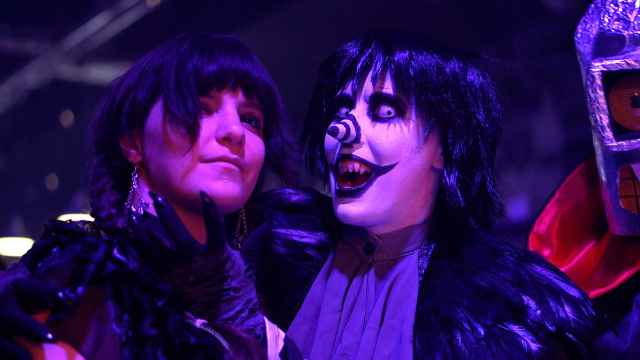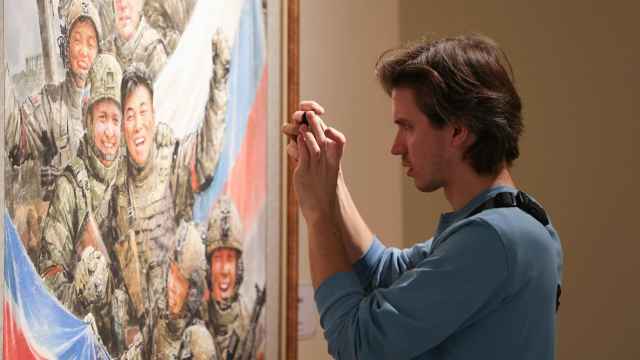Gargoyles and Griffins on Moscow Buildings
Over the centuries, Moscow has absorbed many architectural styles, from wooden architecture of the 15th century to Constructivism.
The most daring experimentation and the most exquisite ornamentation was during the Art Nouveau period, that is, the late 19th-early 20th century. In that period, Moscow facades acquired many fantastic creatures.
Here’s a look at some of them:
The most daring experimentation and the most exquisite ornamentation was during the Art Nouveau period, that is, the late 19th-early 20th century. In that period, Moscow facades acquired many fantastic creatures.
Here’s a look at some of them:
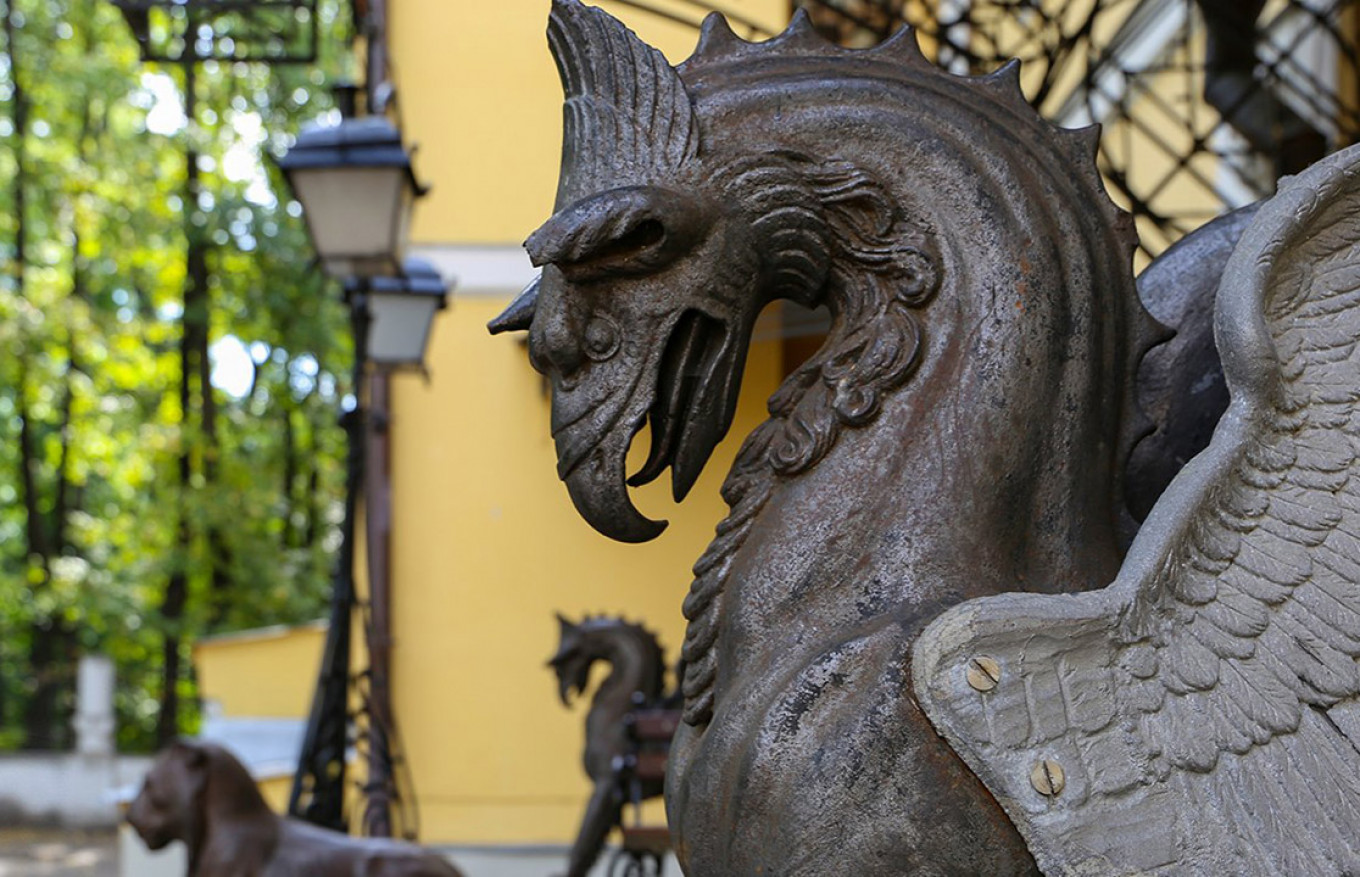
Ivan Morozov’s mansion at 10 Leontiyevsky pereulok is guarded by griffins. The house was originally built for another owner in 1894, but Morozov bought it the next year for his bride-to-be, a ballerina of the Imperial Theater. Marriage had to wait until his parents, who were against the union, passed away, which gave time for Fyodor Shekhtel to update the building — leaving the griffin guards in place.
mos.ru
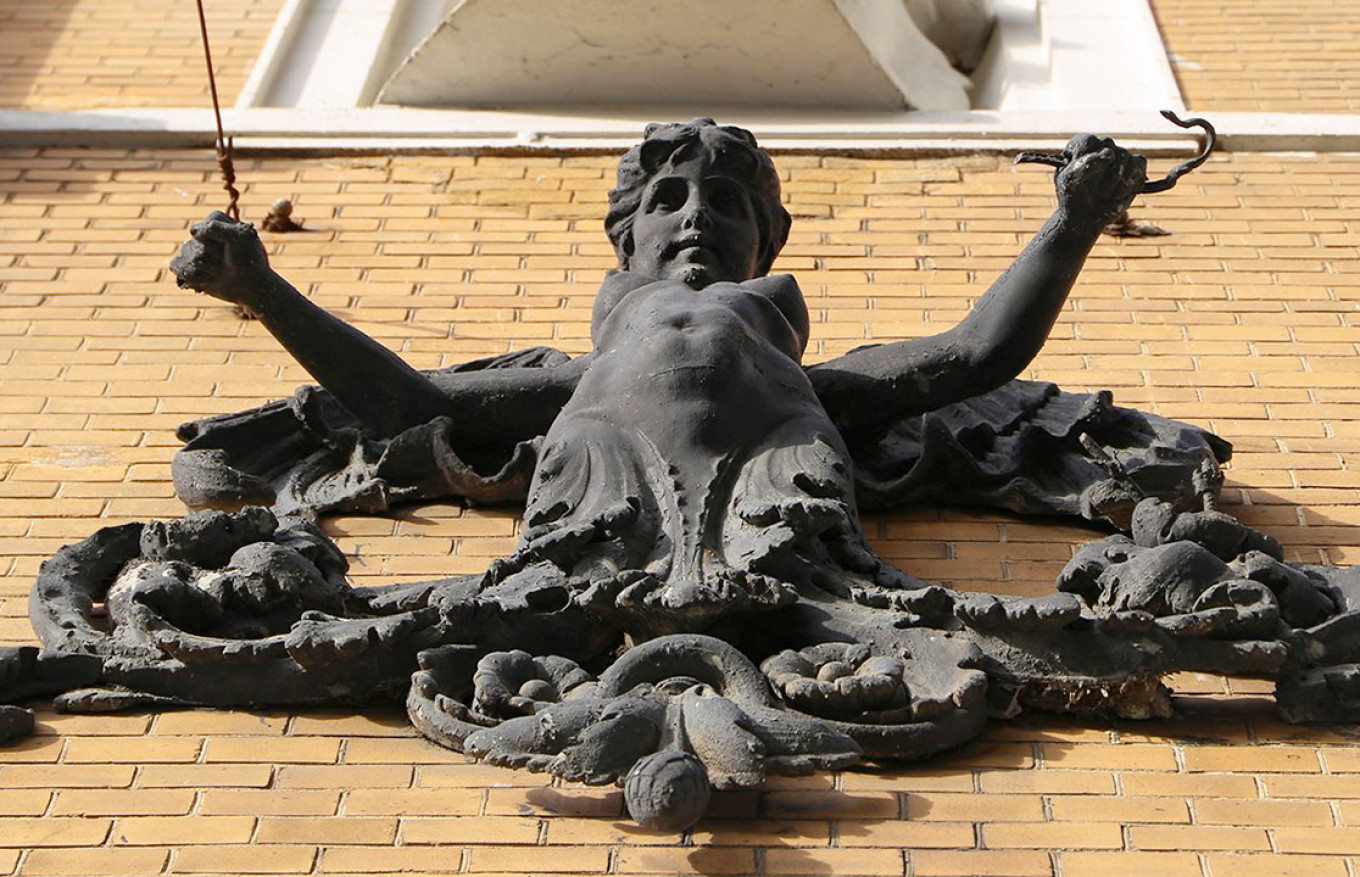
One of the buildings most inhabited by such creatures is the Rossia Insurance Company House, which is actually two buildings taking up an entire block on Sretensky Bulvar. The house was built in 1902 to Nikolai Proskurnin’s design.
mos.ru
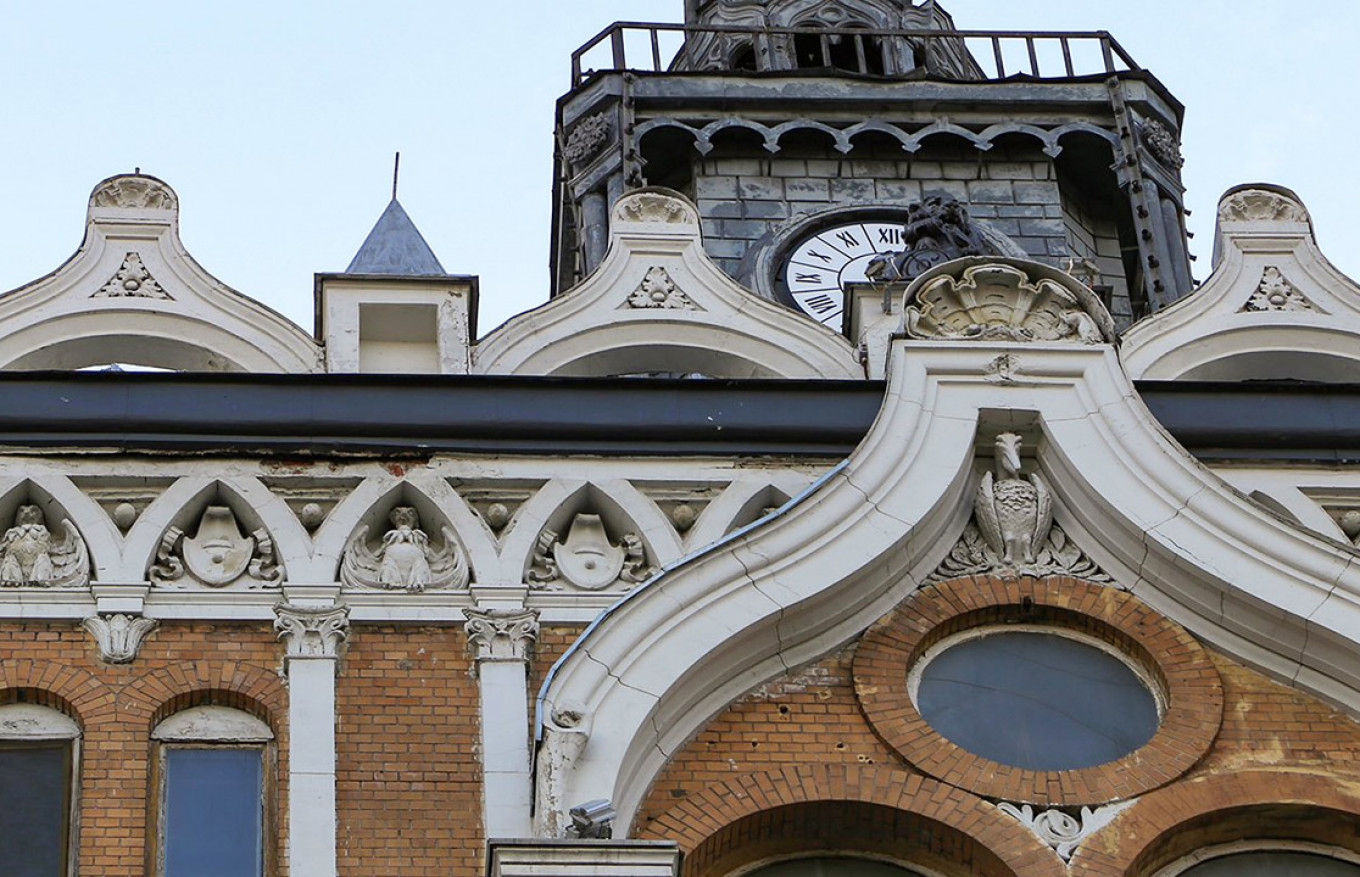
The balconies of the front facade are guarded by chimeras with fluted elephant trunks looking over Turgenev Square.
mos.ru
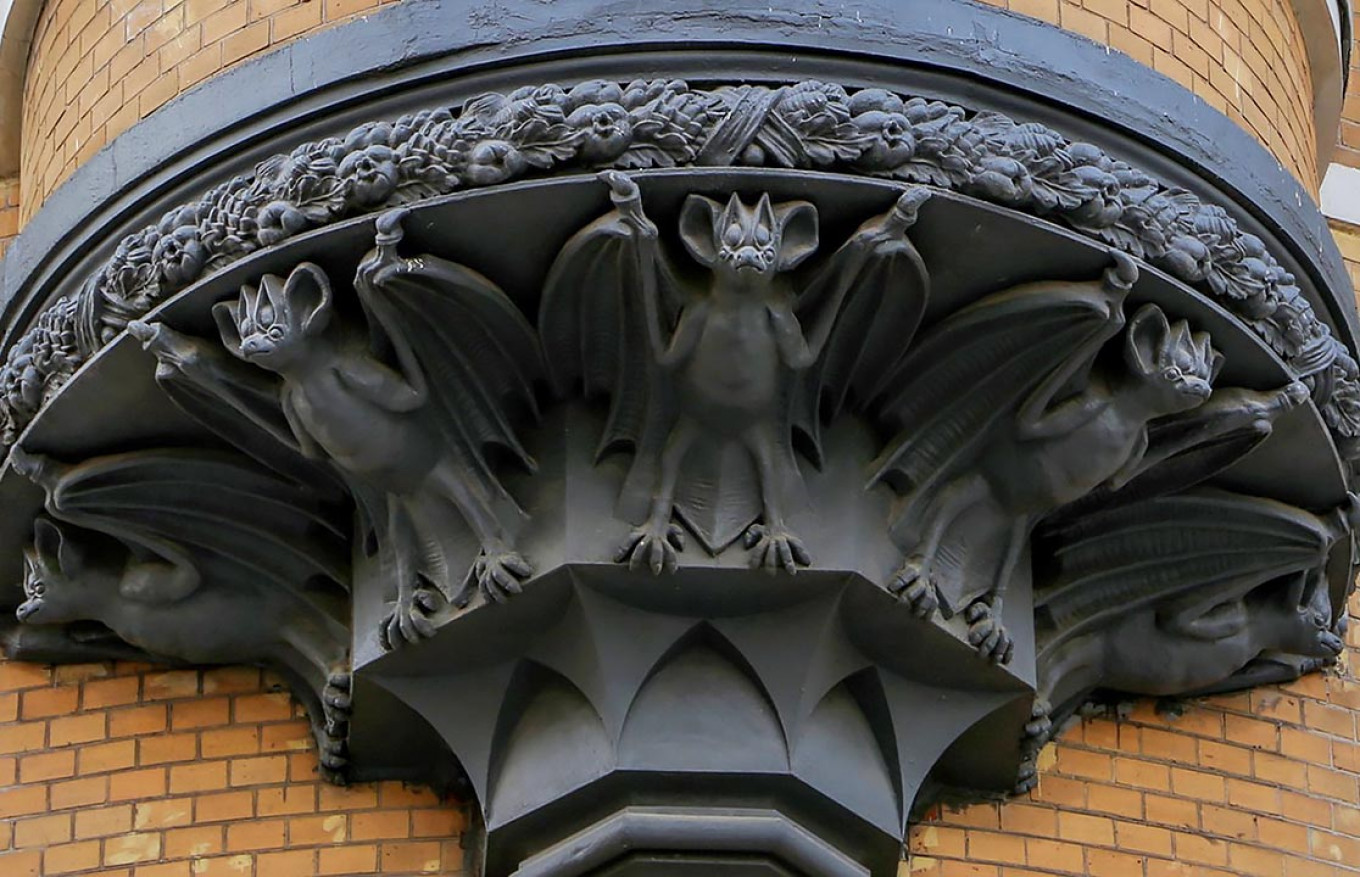
Round bay windows are supported by flocks of bats, with birds of prey, reminiscent of the famous Notre Dame gargoyles, supporting balconies in the passage between the buildings. Look closer to see salamanders on the facades.
mos.ru
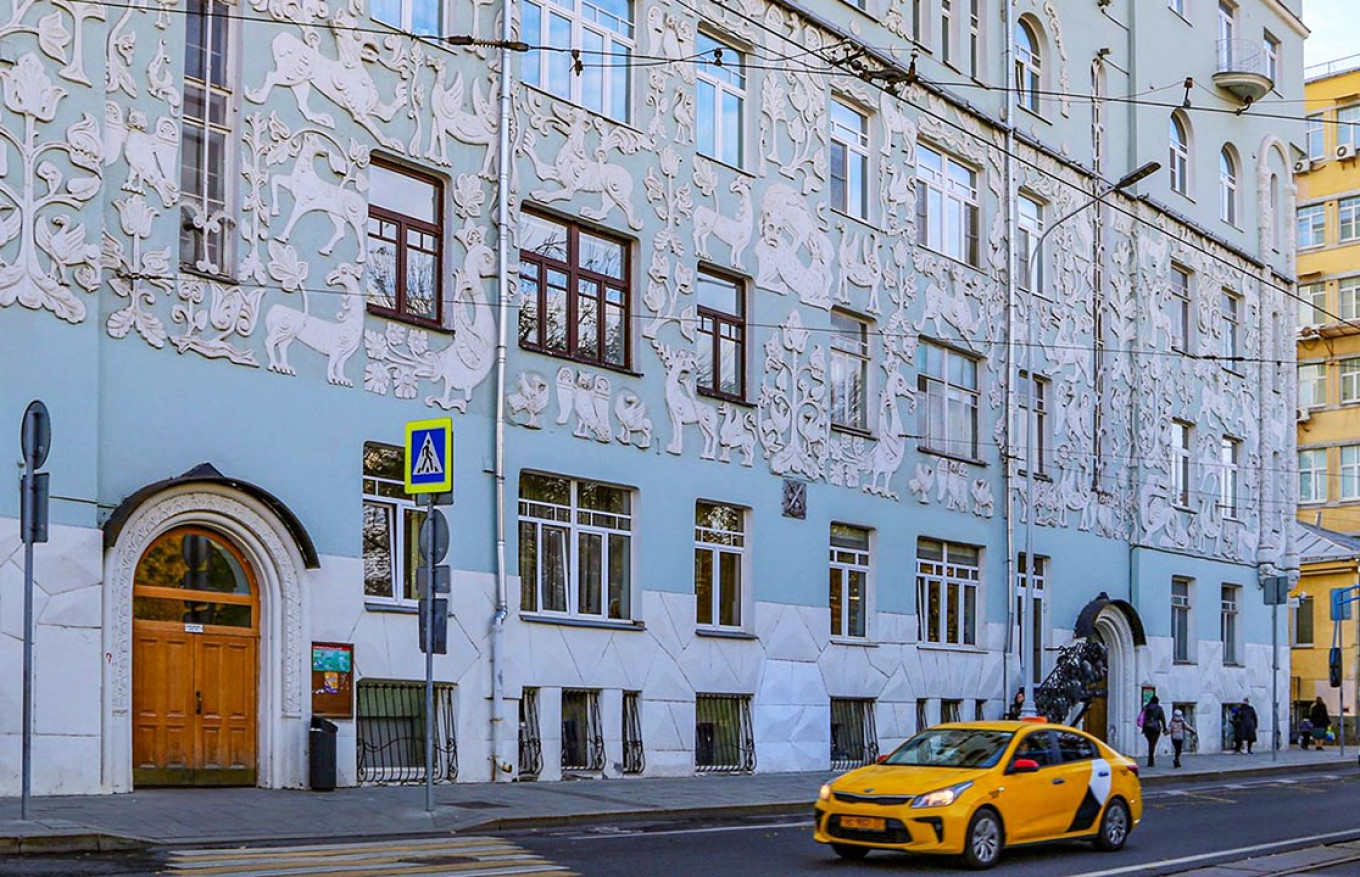
Another renowned 'menagerie house' is a 15-minute walk from Turgenev Square. This is the 'lace' turquoise-and-white building — once an apartment house of the Trinity Church on Gryazekh. The 'lace' is a bas-relief depicting fairy-tale animals - so many of them that it's hard to count them all.
mos.ru
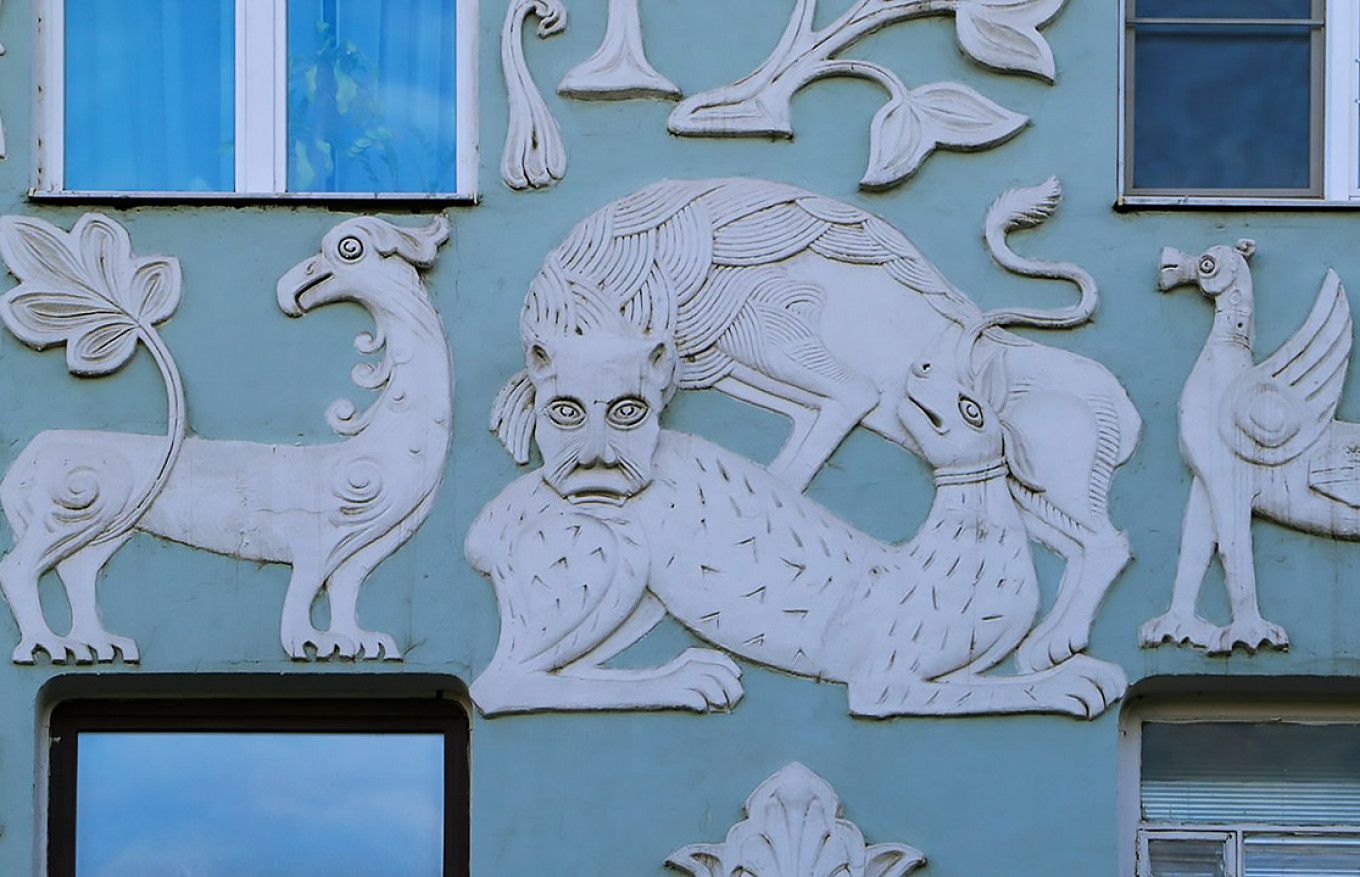
Designed by Lev Kravetsky, the building was constructed in 1909. It has everything: griffins, dragons, firebirds, crowned swans, fire-breathing dogs, two-head birds, and a lion in its splendid solitude, with a human face and a luxurious mustache.
mos.ru
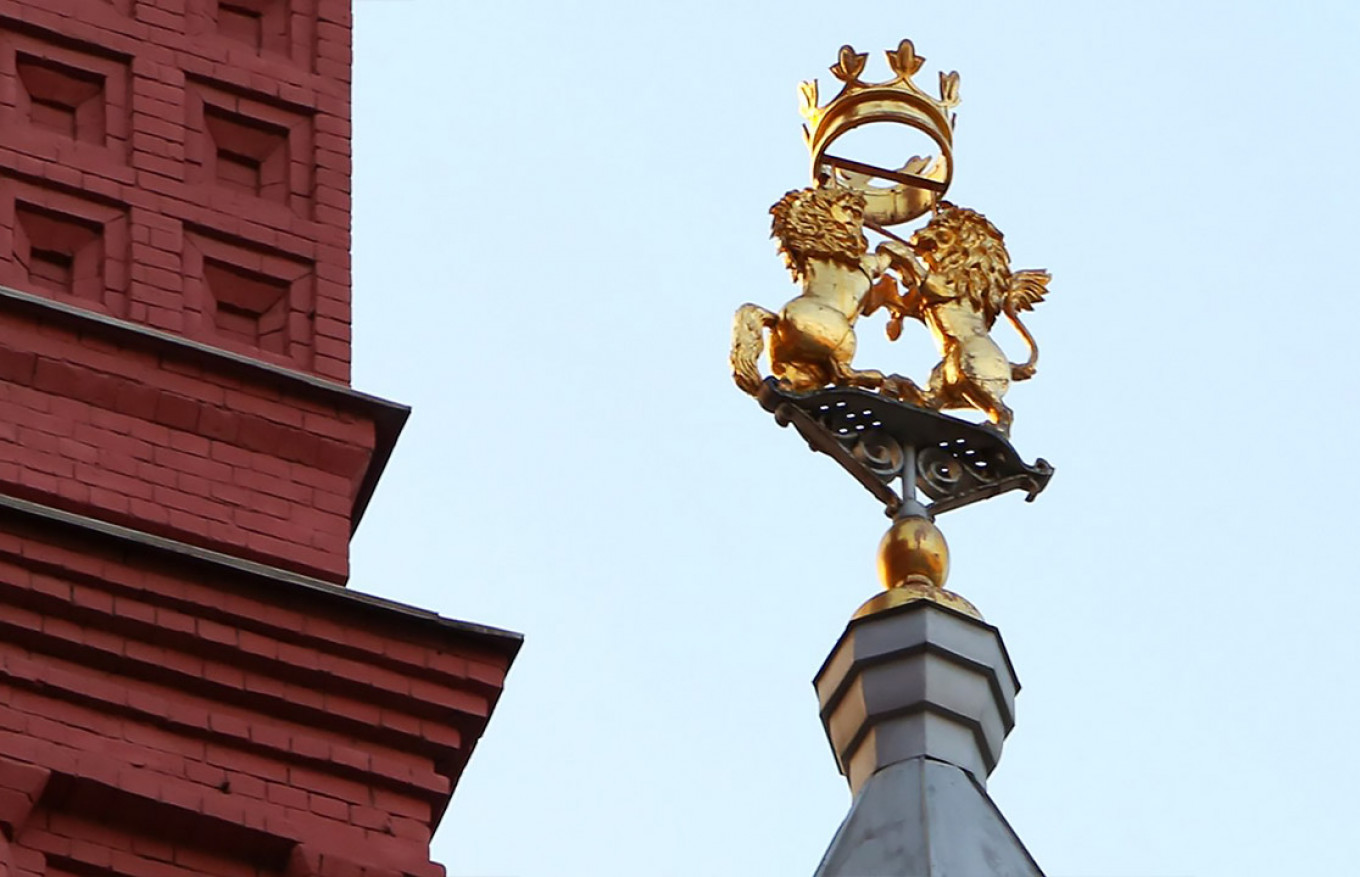
Gilded unicorns can be easily found next to the majestic eagles on the spires of the Historical Museum towers (1 Red Square). In 1935, the metal sculptures were removed from the spires and the eagles were melted down, but the lions and unicorns were hidden by museum personnel. They once again occupied their former places 68 years later.
mos.ru
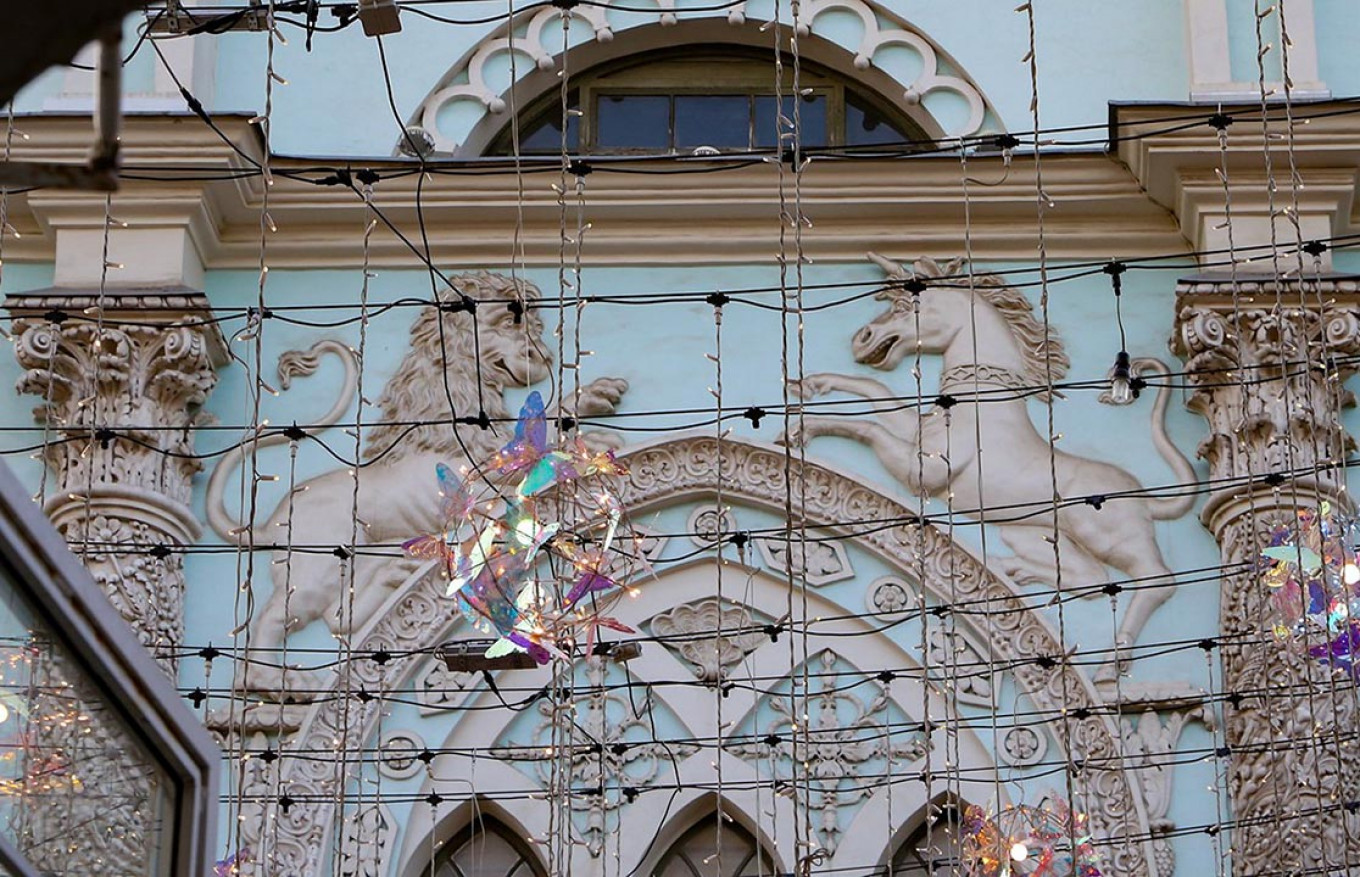
Today you can find unicorns in heraldic emblems. They are often paired with lions, due to their perpetual struggle for the crown. A lion and a unicorn were depicted on Russian gold coins in the second half of the 15th century during the reign of Ivan III. Today it can be found on the facade of the entrance tower of the Synodal Printing House (15 Nikolskaya Ulitsa).
mos.ru
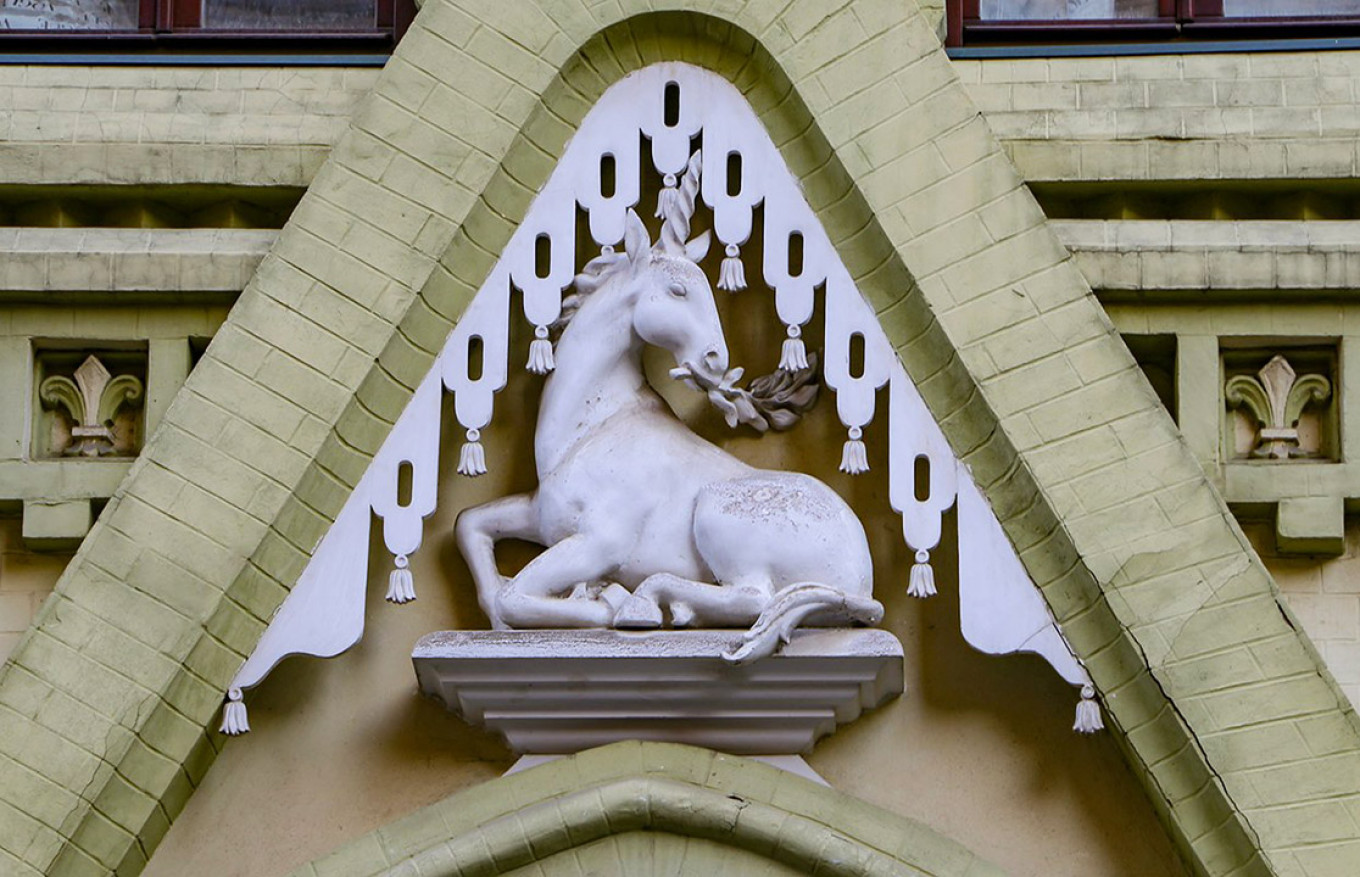
Another unicorn can be found on an apartment house on Nashchokinsky Pereulok. The building, with carved decor and ornamented inserts, stands out against the background of the bland neighboring houses. However, its unicorn has a secret — it appeared on the facade only 14 years ago during the reconstruction of the building.
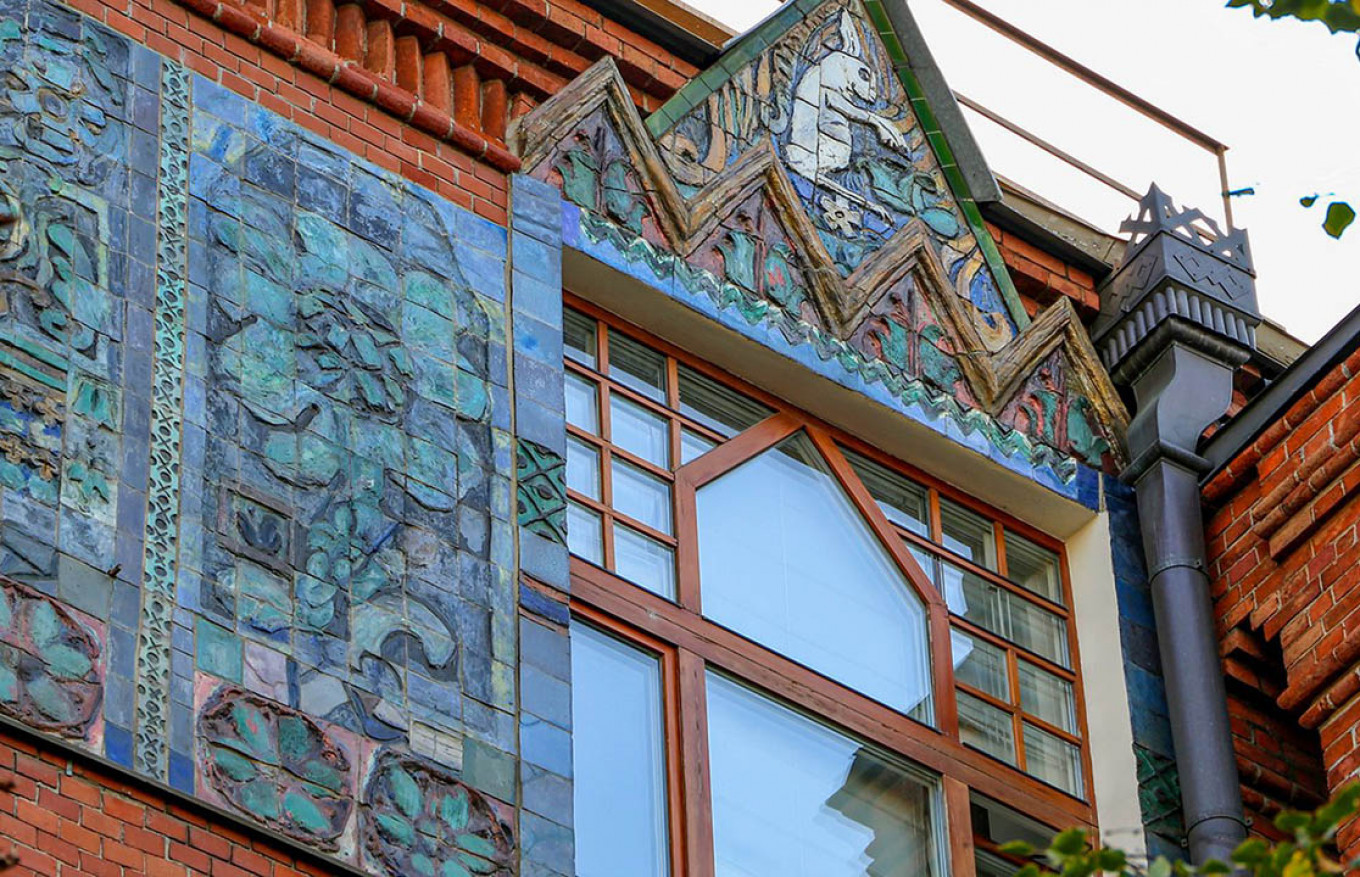
Another extraordinary Moscow building is the Pertsov House, red brick with ceramic tile ornamentation (1 Kursovoi Pereulok). The tile mosaics depict the heroes of Russian fairy tales and legends: the Sirin bird, fox and hare, pikes and snakes, a bull fighting with a bear, and many others.
mos.ru
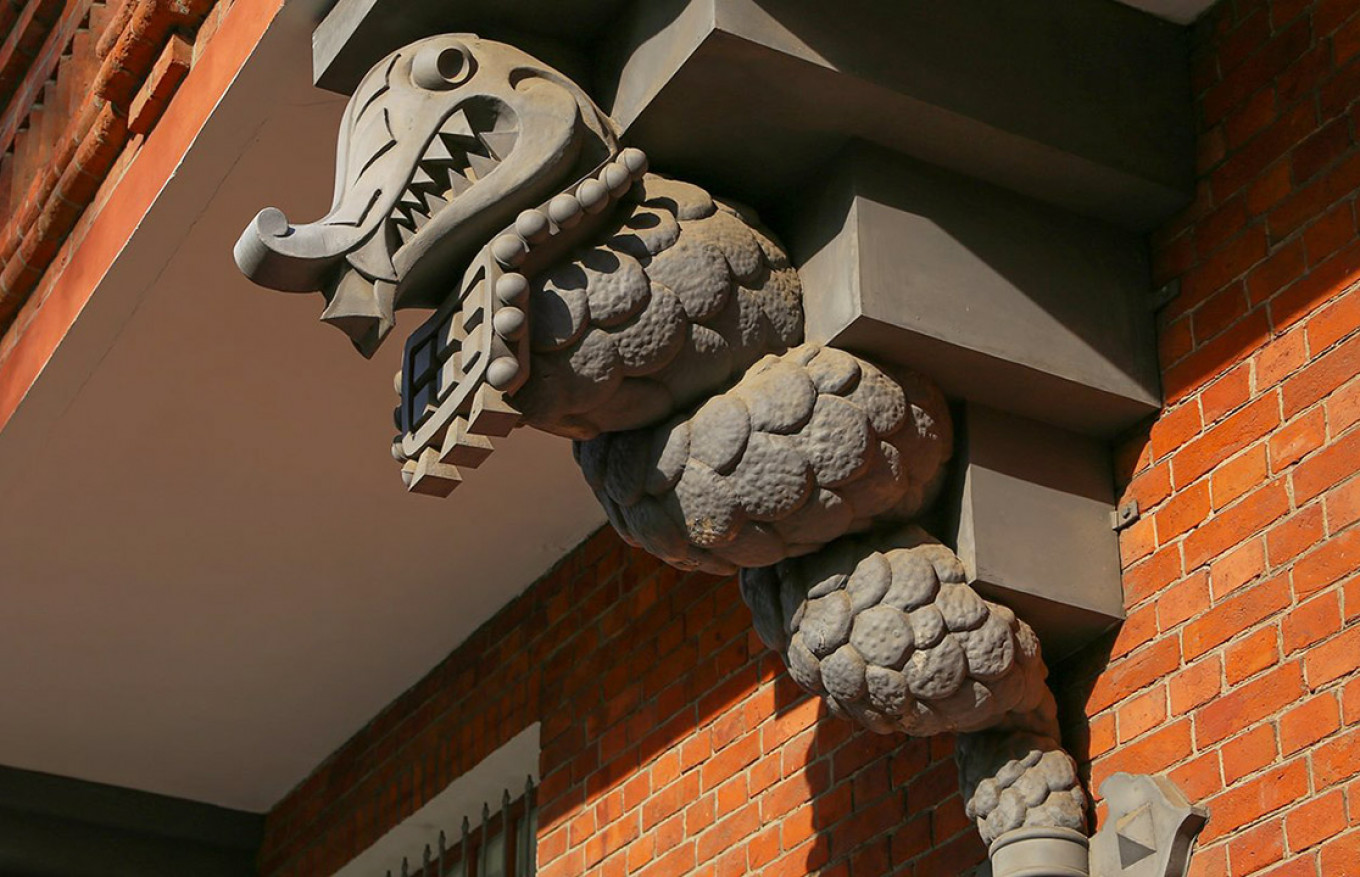
Animalistic motifs are found not only in mosaics of the Pertsov House. The building pipes are shaped like sleeping owls, the balcony consoles are shaped like dragons, and on the ridge of the roof are gilded lions.
mos.ru
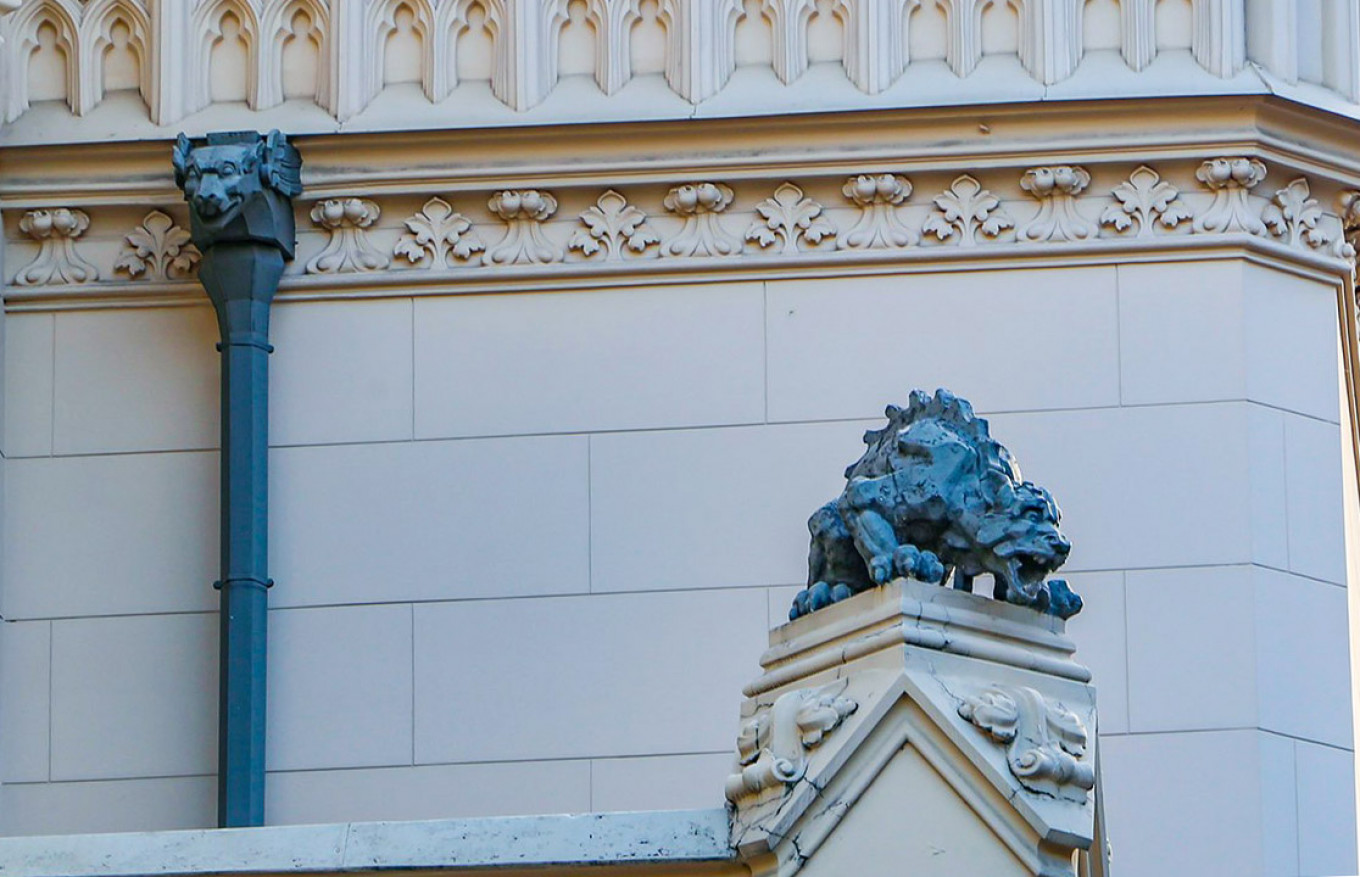
The amazingly beautiful house that was Zinaida Morozova's Mansion (17 Ulitsa Spiridonovka) was designed by Fyodor Shekhtel in the Neo-Gothic style. And like all Gothic buildings, it has gargoyles on the drainpipes and on the edges of its terraces.
mos.ru



